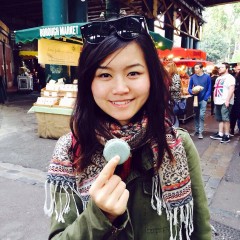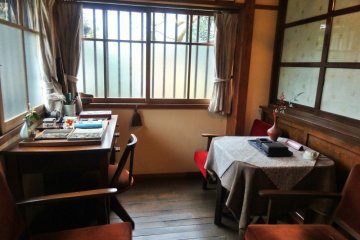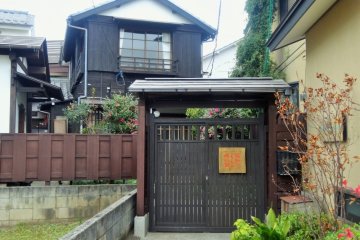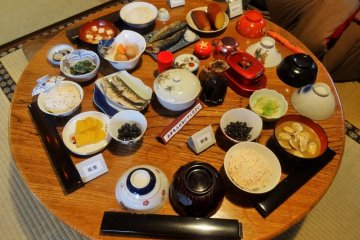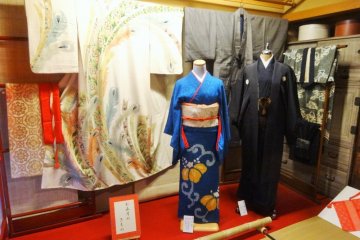Tokyo may seem like all steel and skyscrapers, but a visit to the Museum of Life in the Showa Era will make you feel as if you’ve slipped back in time about 60 years.
The Showa Period in Japan lasted from 1926 to 1989, and this small but carefully curated museum, housed in both an old wooden building and a newer annex, perfectly recreates the feeling of the mid-20th century. The main house, built in 1951, was once the residence of the Koizumi family. The architect father and his wife lived here with their four daughters, in a space that totaled only 59.44 square meters.
While the house is small, exploring all of the objects housed in each room can take time. The residence comprises one upstairs bedroom, a small office, a kitchen and living area and a few additional spaces added in later years. Visitors are encouraged to open drawers and touch the exhibits (except where noted) to better understand the objects and their use. Two rooms on opposite sides of the house offer special presentations, on topics ranging from wedding customs in the Showa era to period New Year’s cards. Regular displays show how the family cooked (no gas or running water was available in this part of the city) and how they managed their daily chores and activities.
A small gallery in the courtyard sells books and cards, as well as a handful of traditional games and crafts. Visitors are free to linger in the relaxing garden space and tea is offered in the rear exhibition room.


